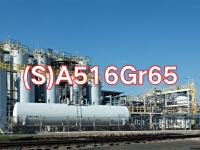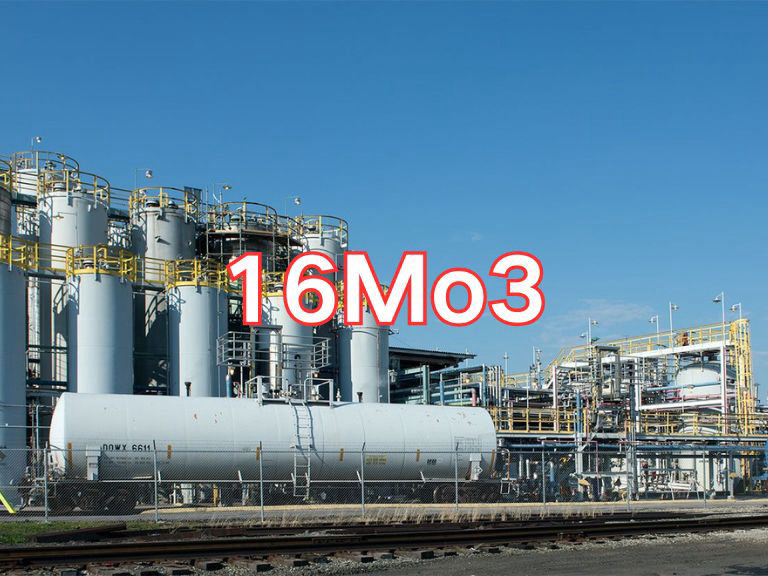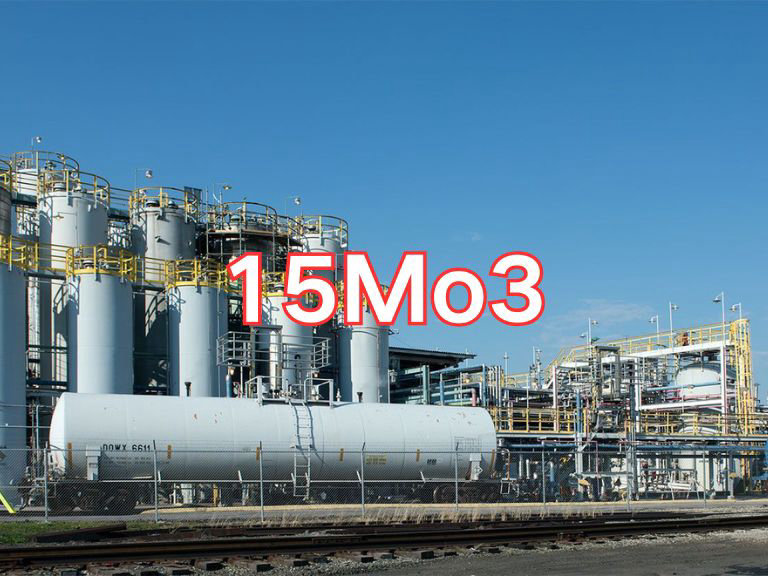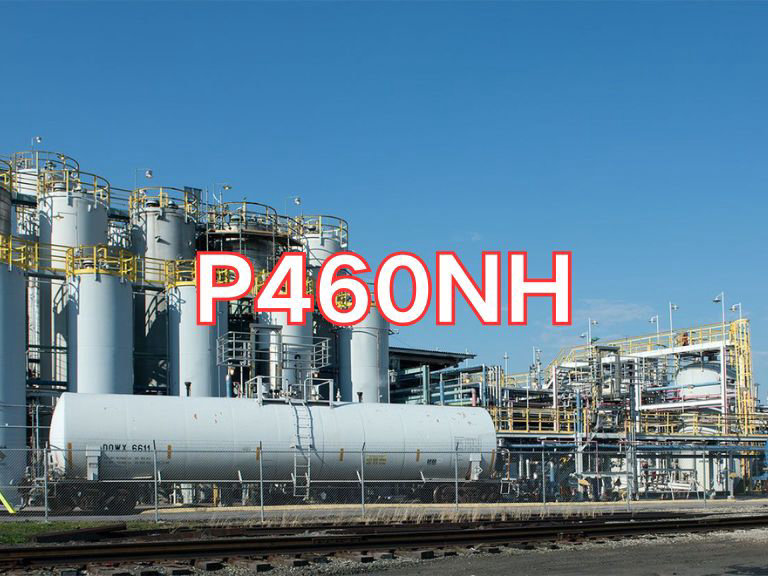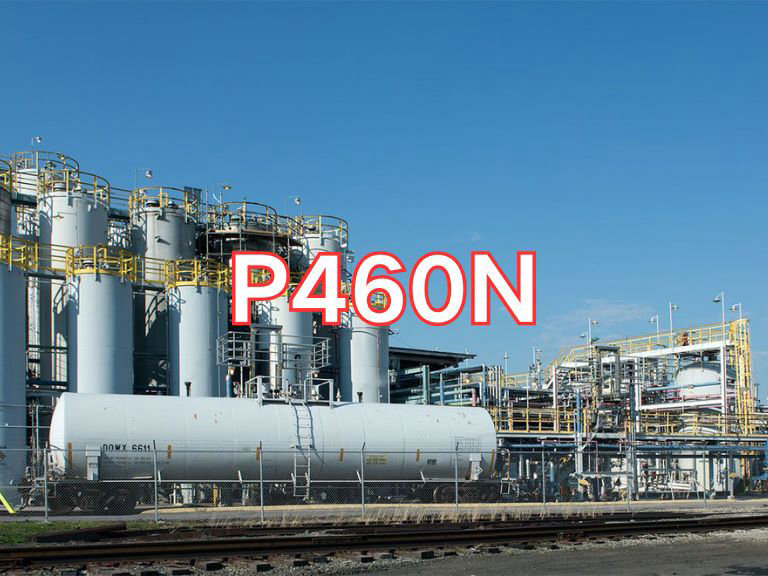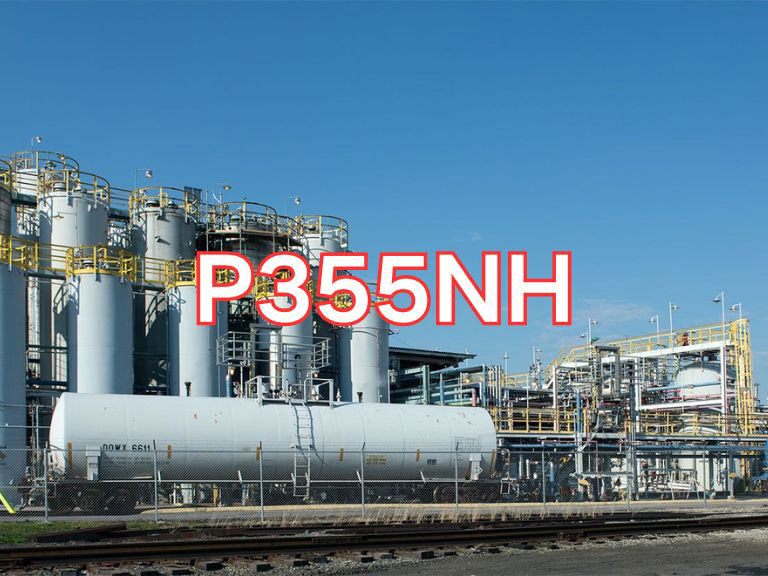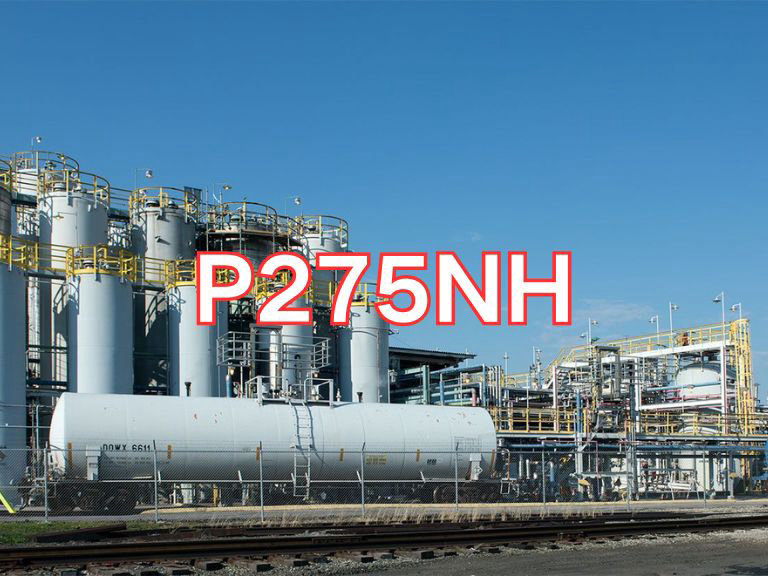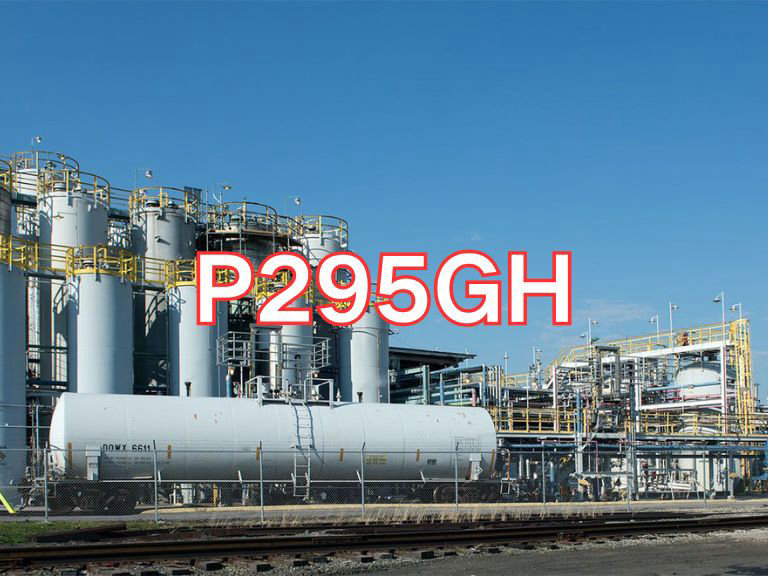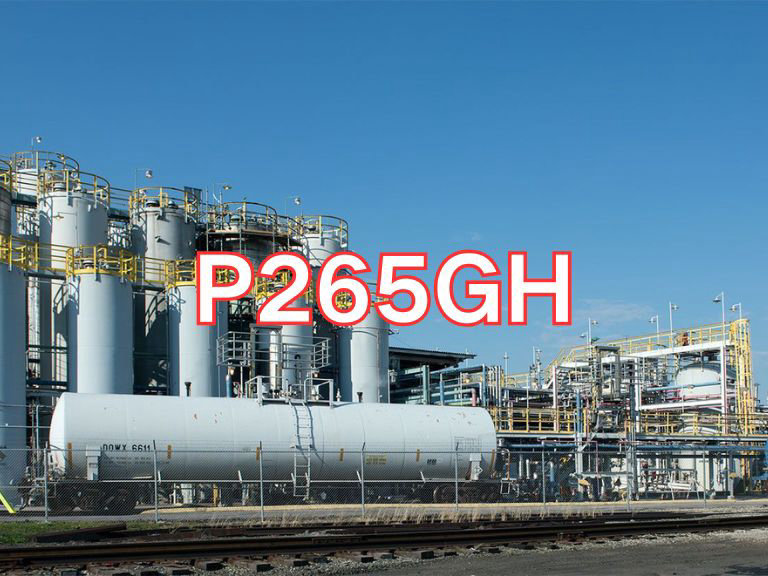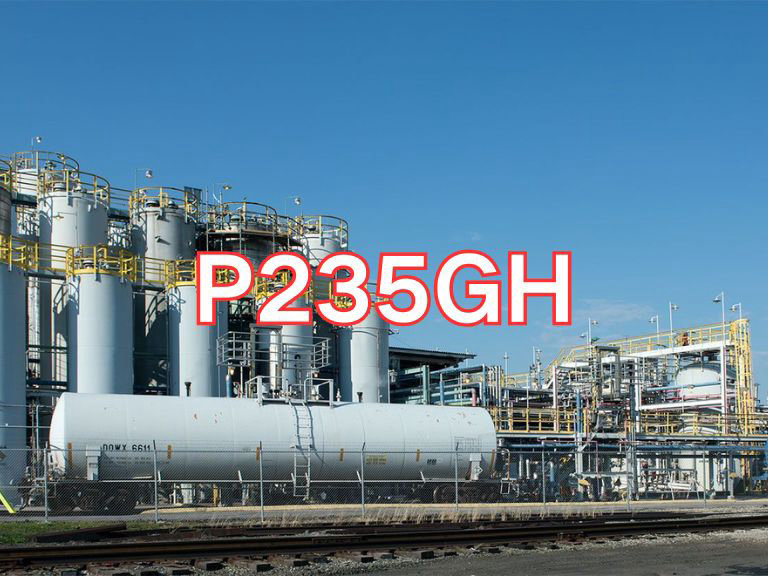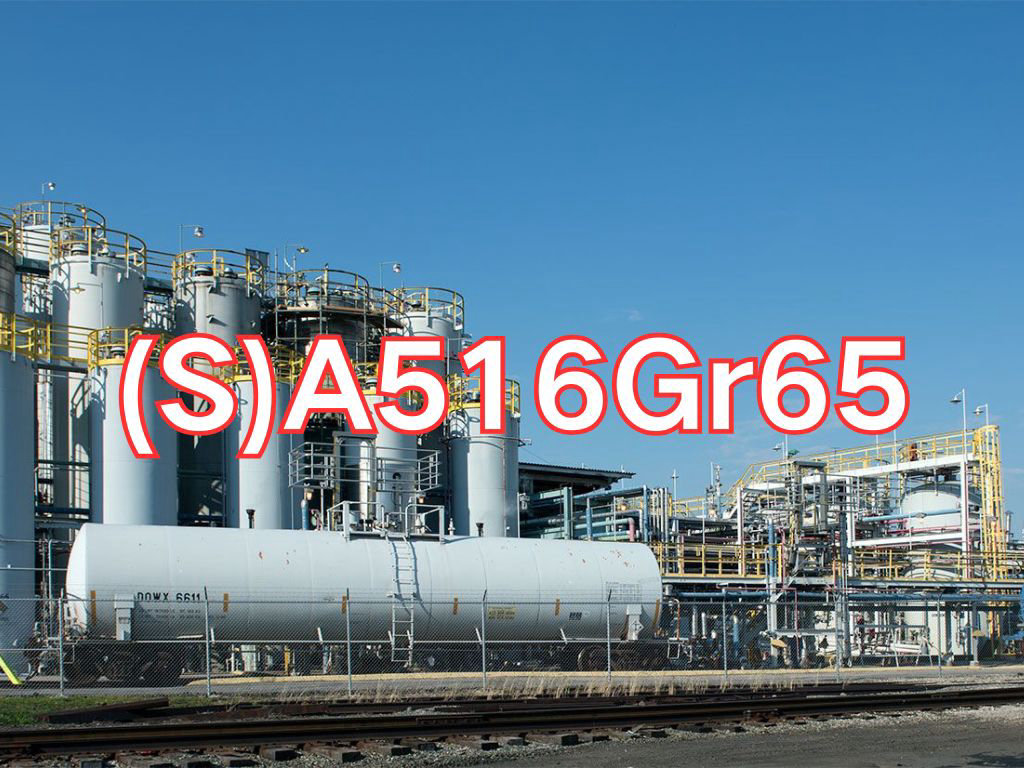

(S)A516Gr65
(S)A516Gr65, with its correct spelling as (S)A516 Gr. 65, features a medium strength level, with a minimum tensile strength of 65 ksi (450 MPa) and a yield strength of at least 35 ksi (240 MPa). It provides higher load-bearing capacity than Gr.60 while maintaining good low-temperature toughness and weldability. Suitable for medium-pressure vessels such as medium-sized heat exchangers, reactors, and industrial tanks, this grade offers a balanced combination of properties applicable to various service conditions. It serves as a transitional option between Gr.60 and Gr.70 and is widely adopted in projects requiring moderate strength enhancement without significantly increasing fabrication complexity.
A general description of the (S)A516 group is shown below:
(S)A516 is a widely used series of carbon steel plates for pressure vessels operating at moderate and low temperatures. The designation "A516" refers to ASTM A516/A516M, the standard specification titled "Standard Specification for Carbon Steel Plates for Moderate- and Lower-Temperature Service," issued by the American Society for Testing and Materials (ASTM). The prefix "S" indicates compliance with the American Society of Mechanical Engineers (ASME) Boiler and Pressure Vessel Code, making it SA516, which is required for ASME-certified pressure equipment. The notation "(S)" is a common informal format, indicating applicability under both ASTM and ASME codes, and is frequently seen in engineering drawings and technical documents. The standard includes several strength grades, most commonly Gr.55, Gr.60, Gr.65, and Gr.70, with Gr.70 being the most widely used due to its excellent balance of properties.
(S)A516 steel plates are primarily used in the fabrication of pressure vessels operating at moderate and low temperatures, such as liquefied petroleum gas (LPG) storage tanks, liquid ammonia vessels, refrigeration systems, chemical reactors, heat exchangers, and various industrial storage tanks. Its typical service temperature range is from -29 °C to 425 °C, making it especially suitable for equipment requiring good low-temperature toughness. It effectively resists brittle fracture, ensuring safe operation in cold climates or low-temperature processes. Due to its high reliability, excellent weldability, and mature manufacturing processes, the (S)A516 series is extensively adopted worldwide, particularly in the petrochemical, energy, refrigeration, and offshore industries.
Key features include superior low-temperature impact toughness, typically verified by Charpy V-notch testing at -29 °C (with optional testing at lower temperatures upon request), ensuring resistance to brittle fracture; excellent weldability without requiring special welding procedures or post-weld heat treatment (under proper design conditions); moderate strength levels (e.g., minimum tensile strength of 70 ksi / 485 MPa for Gr.70), combined with good ductility and formability for rolling, stamping, and welding. Plates are typically supplied in the normalized condition to refine grain structure and enhance mechanical uniformity and performance.
The current applicable standard is ASTM A516/A516M-23 or the corresponding ASME SA-516/SA-516M-23, titled "Standard Specification for Carbon Steel Plates for Moderate- and Lower-Temperature Service." Published in 2023, this version specifies requirements for chemical composition, mechanical properties, through-thickness (Z-direction) properties, and non-destructive testing, serving as a key technical reference for international pressure vessel design and construction.

Ultrasonic Testing (UT)
A key non-destructive testing technique that uses high-frequency sound waves to detect internal flaws in steel plates. The probe emits sound waves, which reflect when encountering defects such as cracks or inclusions. The receiver captures the echoes, enabling precise determination of defect location and size. With high sensitivity, strong penetration, and fast inspection speed, UT effectively ensures internal quality, widely used in the production of heavy plates, pressure vessel plates, and other high-end products to guarantee safety and reliability.

Magnetic Particle Testing (MT)
A common surface inspection method that magnetizes the workpiece, causing leakage magnetic fields at surface or near-surface defects like cracks or inclusions, which attract magnetic particles to form visible indications. Simple to operate and highly sensitive, MT is suitable for rapid inspection of surface and near-surface flaws in ferromagnetic materials, widely used for online or offline inspection of plate edges, ends, and welds, ensuring product quality and safety.

Penetrant Testing (PT)
A non-destructive method for detecting surface-breaking flaws. A penetrant liquid is applied to the cleaned steel surface, allowing it to seep into defects such as cracks or pores. After removing excess penetrant, a developer is applied, causing the trapped penetrant to bleed out and form visible indications. Simple and cost-effective, PT is suitable for inspecting surface defects in various non-porous materials, commonly used for welds, castings, and complex components, effectively ensuring surface quality of steel plates.

